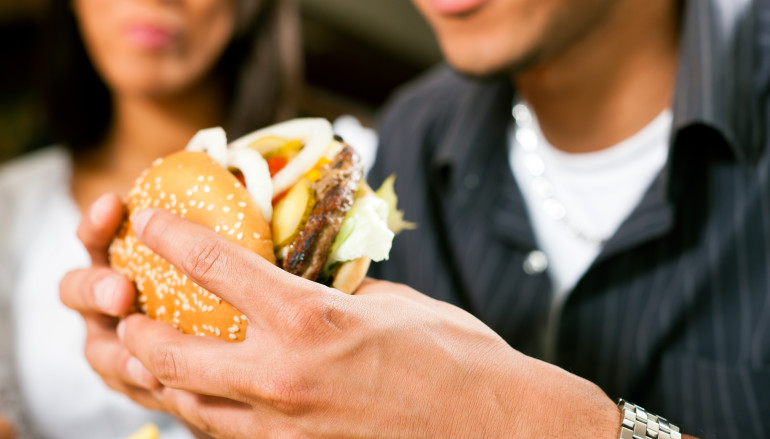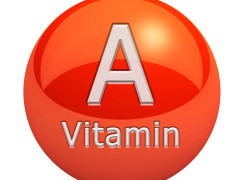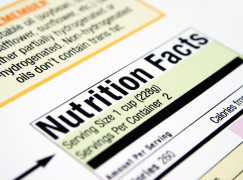

The Brain Science Between Hunger and Satiation
Today will be a day to turn away if you really do not like to read about the science behind something. For the rest of us, I will be going into the brain science behind our feeling of being full or hungry. When our stomach is growling for food what is really happening? A number of factors influence whether we experience feelings of hunger or satiation. Signals from our brain, certain chemicals produced by our bodies, and even the amount and type of food we eat interact to cause us to feel hungry or full.
Because hunger is a physiologic sensation that prompts us to find food and eat, it is more often felt as a negative or unpleasant sensation in which the physical drive to eat is very strong. The signal arises from within us, rather than in response to environmental stimuli, and is not typically associated with a specific food. A broad variety of foods appeals to us when we are really hungry.
One of the major organs affecting our sensation of hunger is the brain and not the stomach. Our brain actually tells us when we are hungry. The region of brain tissue that is responsible for prompting us to seek food is called the hypothalamus. It triggers hunger by integrating signals from nerve cells throughout our bodies. One important signal comes from special cells lining the stomach and small intestine that perceive whether these organs are empty or distended by the presence of food. These cells sense changes in pressure and fullness in the stomach and small intestine and send signals to the hypothalamus. For instance, if you have not eaten for many hours and your stomach and small intestine do not contain food, signals are sent to the hypothalamus indicating it is “time to eat,” which causes you to experience the sensation of hunger.
Our blood glucose levels, which reflect our bodies most readily available fuel supply, is another primary signal affecting hunger. Falling blood glucose levels are accompanied by a change in insulin and glucagon levels. Insulin and glucagon are hormones produced in the pancreas and are responsible for maintaining blood glucose levels. These signals are relayed to the hypothalamus in the brain, where they trigger the sense that we need to eat in order to supply our bodies with more energy. Some people get irritable or feel a little faint when their blood glucose drops to a certain level. The level of blood glucose is related to when we last ate a meal, how active we are, and our individual metabolism.
After we eat, the hypothalamus picks up the sensation of a distended stomach, other signals from the gut, and a rise in blood glucose levels. When it integrates these signals, you have the experience of feeling full. However, even though our brain sends us clear signals about hunger, most of us become adept at ignoring them and eat when we are not truly hungry. It can take up to a half hour for the brain to catch up with the state of the stomach. This is the reason why we tend to prepare more than we can eat. When the stomach is full, it can take from 20 minutes to a half hour for the brain to know. You can try this for yourself. Eat a modest amount for lunch when you are very hungry and when you have finished you will still feel hungry. Wait for 20 to 30 minutes without eating anything, and see if you are as hungry as you were when you finished the modest lunch. It may quite surprise you.
A variety of hormones and hormone-like substances signal the hypothalamus to cause us to feel hungry or full. Hormones are chemical messengers that are secreted into the bloodstream by one of the many glands of the body. Hormones exert a regulatory effect on an organ. These glands release their secretions into the bloodstream in response to a signal. Examples of such signals include the falling or rising fuels within the blood, such as blood glucose, and chemical and nervous signals from the gut and the liver. The levels of hormones in the blood then signal the hypothalamus to stimulate hunger or satiation. Examples of hormones and hormone-like substances that stimulate food intake include neuripeptide Y and galanin, while those that create feelings of satiety include leptin, cholecystokinin, and serotonin.
Foods containing protein have the highest satiety value. This means that a ham sandwich will cause us to feel full for a longer period of time than will a tossed salad and toast, even if both meals have exactly the same number of calories. Also, interestingly enough, high fat diets have a higher satiety value than carbohydrate diets.







